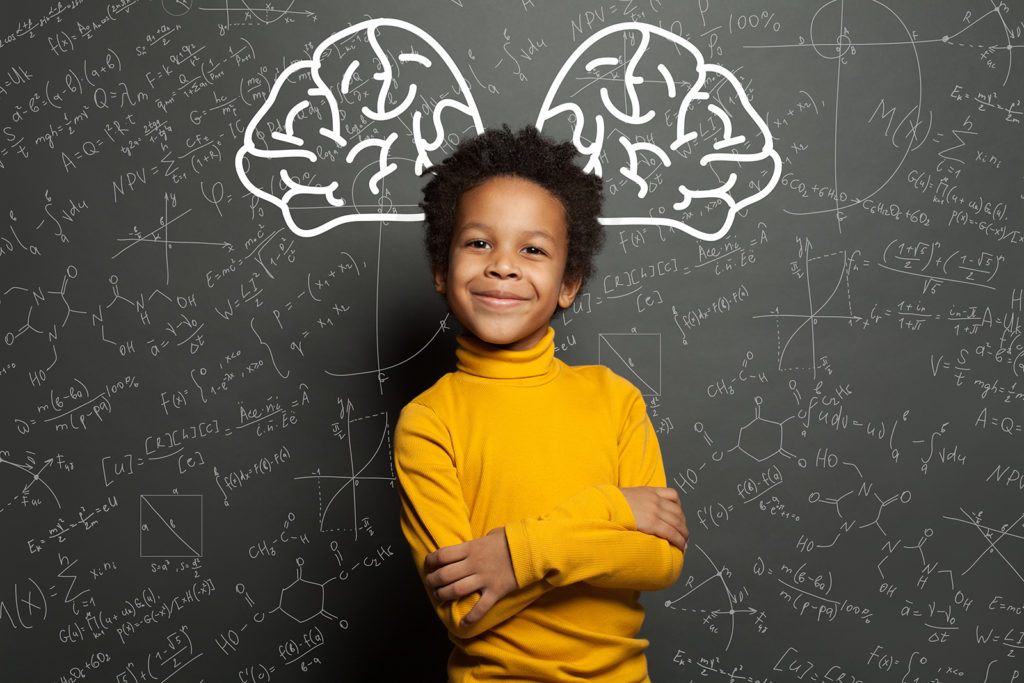Growing Pains - The Brain Early Development Explained
Marwa Helmy
Research & Content Creator @ VRapeuticnote
You can check out the Original Article here, on Yuram's website.

Our brains begin to mature long before we are born. Our brains continue to develop most of our lives—however, brain maturity differs from one individual to another.
This should not come as a shock; when we know our bodies grow at different rates. Puberty is reached at different ages, and people reach emotional maturity at different ages. Why would we expect our brains to be any different? Having a classroom full of children of the same age or siblings of the same age does not mean that they are equally ready to learn about a specific topic or skill. It is also worth mentioning that different brain functions mature at different times.
All children need to be challenged to benefit from teachers. However, teachers must be careful to neither instruct above or below the maturity level of a child’s brain. By not teaching at the student’s brain maturity level, teachers can face problems in the classroom. Children may act out, be avoidant, challenge authority, and show aggression towards other students. For example, a child can have advanced verbal skills but might develop gross and fine motor control at a slower rate. Other children might be advanced physically but might be emotionally immature. We need to understand better how our brains mature and the characteristics of each level of brain development.
The Journey Begins#
Brain maturation begins long before birth. As a fetus, the growth cell known as neurons travels to their eventual location in the brain. There is a competition between neurons for limited space, and those who do not find space where they can live and thrive are pruned back and destroyed. Therefore, the survival of one neuron is not guaranteed. It remains unknown why some neurons find a home and others do not. Moreover, after a neuron settles, it continues to grow within its specific brain region.
It is when pruning does not happen or is incomplete, disorders in learning and or behavior result.
Preschool Years#
At birth, a newborn’s motor and sensory systems of the brain are in place and functioning. Despite being present at birth, visual and auditory systems continue to develop in the first few months of a newborn’s life as the brain interacts with the environment.
Motor and sensory systems continue to grow in healthy children during toddlerhood and preschool years. Since brain development after birth is shaped by the surrounding environment, and these inputs are unique to each child, every brain is different and unique.
Even though learning a specific skill is related to brain development, environmental factors have a colossal impact. Let’s take the following example; a child is ready to learn to read when their auditory system is ready to distinguish one sound from another. However, if the child is not provided with reading instruction or the parents do not read to them, learning to read with be delayed. In contrast, a child whose auditory system is not developed when reading instruction is provided will also be delayed in learning to read.
Early Elementary Years#
In the early elementary years, fibers continue to grow between neurons and brain white matter, also known as myelin. This neuron network is vital in transmitting information throughout the brain. As the brain continues to grow, fibers grow and increase in number, and the brain becomes more interconnected. These intertwined networks of neurons are essential for the formation of memories. Also, they are vital in forming memories and connecting new learning to previous learning.
As the neuron networks grow, the child learns both academically and socially. The more the child learns, the more the skills become somewhat automated, meaning that the child does not have to designate a lot of thinking about what they are doing. This frees up the brain for more complex tasks that require more thinking and processing. At this level of the child’s growth, reading and writing skills and math are more developed.
Late Elementary to Middle School Years#
Starting late elementary till middle school rote learning or learning through memorization is de-emphasized. Instead, the emphasis in schools is on promoting inferential thinking. Inferential thinking is “the ability to process written information and understand the underlying meaning of the text. This information is then used to infer or determine deeper meaning that is not explicitly stated.”
A change in the brain supports this shift in focus in learning. There is an increase in the brain’s connectivity due to chemical changes in the neuronal pathways. These chemical changes support short and long-term memory. After learning occurs, these chemical changes can continue to occur for hours, days, and even weeks.
To Conclude#
Parents and teachers need to understand the relationship between neurological development and learning in each development stage. This is especially important when there is an imbalance between the child’s development and educational expectations.